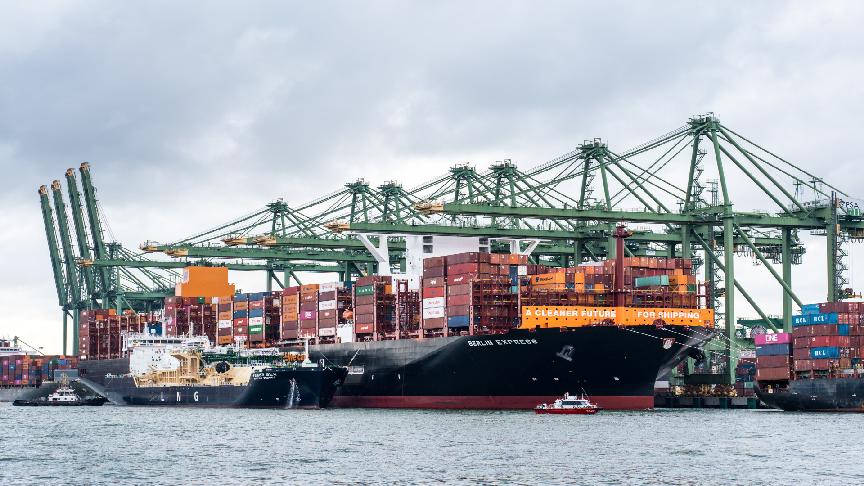26 March 2024 (Lloyd's List) - VESSELS scheduled to call in Baltimore over the next few days have started to seek alternative routes after a containership struck the city’s Francis Scott Key Bridge, causing it to collapse almost upon impact.
The 9,900 teu Dali (IMO: 9697428)collided with the bridge at around 0130 hrs local time on Tuesday. Up to 20 people, including from vehicles on the bridge, fell into the water, while all those on board the vessel at the time of the incident were accounted for. Search and rescue efforts continue.
The casualty is likely to have a major effect on the port of Baltimore’s operations over the coming weeks as the investigation into the bridge collapse takes place and the waterway is cleared of debris.
Lloyd’s List Intelligence data show that in March the average number of daily transits under the Key Bridge was between six and seven for cargo-carrying vessels.
Baltimore welcomed nearly 2,000 ships to its docks in 2023, including both domestic and international arrivals, with bulk, vehicle and container carriers the most common vessel types, according to Lloyd’s List Intelligence.
With access to Baltimore restricted, this will mean the diversion of the port’s 1.1 m annual teu throughput to other eastern seaboard terminals.
“The bridge collapse will mean that, for the time being, it will not be possible to get to the container terminals,” said Vespucci Maritime chief executive Lars Jensen.
“This is some 21,000 teu per week that now has to be routed through other ports in the region. Additionally, this means the cargo already gated into the Baltimore terminals would have to either wait an unknown period for the sea lane to reopen, or be gated back out and shifted to a different port.”
Xeneta analyst Emily Stausbøll said that while Baltimore was not one of the largest US east coast ports, there was the potential for port closure to cause significant disruption to supply chains.
“Far East to US east coast ocean freight services have already been impacted by drought in the Panama Canal and recent conflict in the Red Sea, which saw rates increase by 150%, so this latest incident will add to those concerns,” she said.
It was likely other larger US east coast ports such as neighbouring New York/New Jersey and Virginia could handle extra container imports while Baltimore was inaccessible, which would limit any effect on ocean freight shipping rates.
“However, there is only so much port capacity available and this will leave supply chains vulnerable to any further pressure,” Stausbøll said.
“The question is how quickly ocean freight carriers can put diversions in place, particularly for vessels already en route to Baltimore or containers at the port waiting to be exported.”
MSC Toronto (IMO: 9299525) exited the harbour shortly before the incident, but MSC Alina (IMO: 9695016), which was due to call at Baltimore, turned just outside the port entrance and returned to the Annapolis anchorage. Other containerships due to call in the coming days include Maersk Gironde (IMO: 9235555) and MSC Kumsal (IMO: 9305506).
Baltimore is also a significant US port for car imports with one vehicle carrier operated by Wallenius Wilhelmsen, the 5,200 car capacity Carmen (IMO: 9505027), alongside the port at the time of the incident.
A spokesperson for Wallenius Wilhelmsen said that “first and foremost, sympathies go to all of those directly affected by the tragic events unfolding in Baltimore”, while confirming that all of its vessel, terminal, and logistics staff in the region were safe.
“We are working with the relevant local authorities and stakeholders to assess the immediate impact the incident will have upon our ongoing operations,” the spokesperson added.
A second car carrier, the Zodiac Maritime-owned Brooklands (IMO: 9748289) is also at the port of Baltimore, understood to be under charter to Japan’s K Line. Three bulk carriers are also at the port, including Oldendorff Carriers’ 82,000 dwt kamsarmax Klara Oldendorff (IMO: 9849007).







